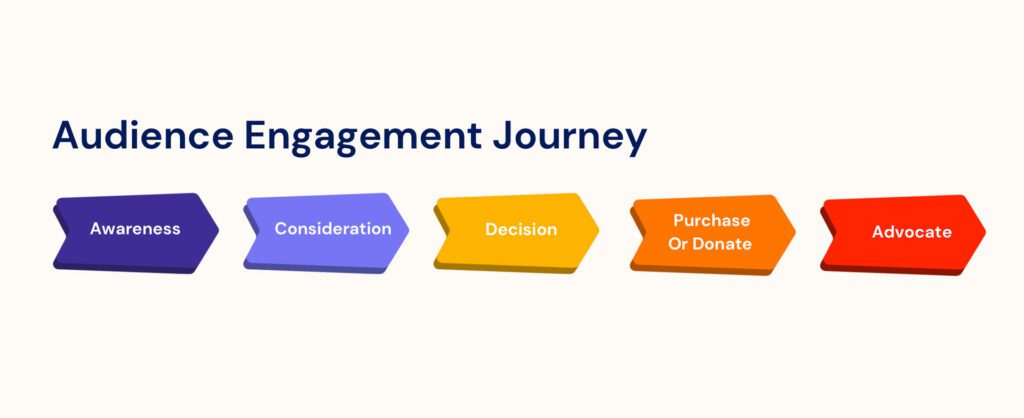Your content quality alone doesn’t always cause low audience engagement or conversion. Weak calls to action (CTAs) can hinder response even with clear and inspiring messages. This article unpacks the importance of CTAs as part of your engagement strategy and helps you create stronger ones.
Table of contents
Why People Hesitate to Take Action?
A fish tossed into a hot spring swims away immediately. Later, it finds itself in a cool pond, slowly polluted by toxins. The fish doesn’t notice the gradual change and eventually perishes.
This story highlights information overload, where constant marketing messages desensitize people, leading them to ignore CTAs. Other reasons for hesitation include:
- Analytic paralysis – Overthinking can prevent action, even with negative consequences.
- Lack of Trust – People are less likely to take action if they don't trust a message or brand.
- Unclear CTAs – Unclear calls to action leave people unsure of what to do next, leading to inaction.
Trust Building is Crucial for Audience Engagement
Strong CTAs are easy to follow and build trust, improving audience engagement.
Consider your relationship with your audience like a dating journey—even if you're married. Organizations often jump straight to 'donate now,' akin to asking for marriage while still in the 'getting to know you' phase. Trust is needed to advance the relationship from awareness to advocacy, enhancing audience engagement.
According to a study by Edelman, 88% of consumers say that feeling like they can trust a business is a key factor in buying from it.

Use the Relationship Stage Framework to Determine Your Call to Actions
When you offer a generic call to action like "visit our website to learn more," it puts the work on the audience. Consider your relational stage with your audience to create compelling CTAs, improving your audience engagement.
Introduction/Awareness Stage:
- Objective: Engage with minimal effort.
- Action: Click a link to watch another video, share a post, or follow on social media.
Courting Stage:
- Objective: Deepen engagement and build trust.
- Action: Read a detailed article, download a guide, or sign up for a newsletter.
Commitment Stage:
- Objective: Inspire substantial commitment.
- Action: Buy/Donate, volunteer, or participate in an event.
Example of Right CTA, Maybe Wrong Platform
The Custodians by Patongia Films
While browsing YouTube, I came across the film The Custodians, which explores the environmental impacts of bottom trawling. The CTA is to sign a petition, which feels too big a leap for me as a newcomer to the topic.
Since YouTube, the third-largest search engine is also a discovery platform, viewers are often in the introduction/awareness stage. A stronger CTA might have been to watch another video on the topic, easing viewers into deeper engagement.
Conclusion on CTAs and Audience Engagement
Ultimately, the power of CTAs lies in their ability to resonate with your audience's readiness and build trust at every stage. You foster deeper connections and inspire meaningful actions by tailoring your CTAs to the relationship stage.
